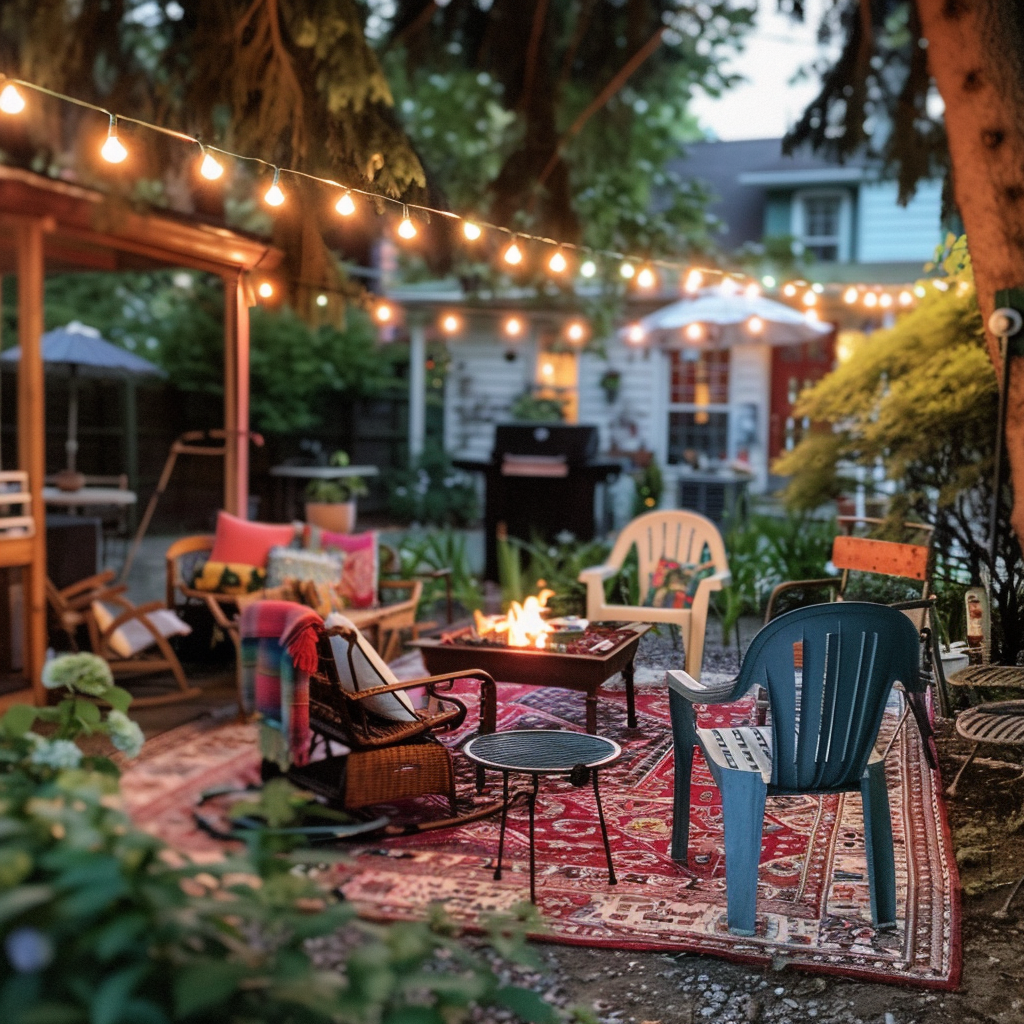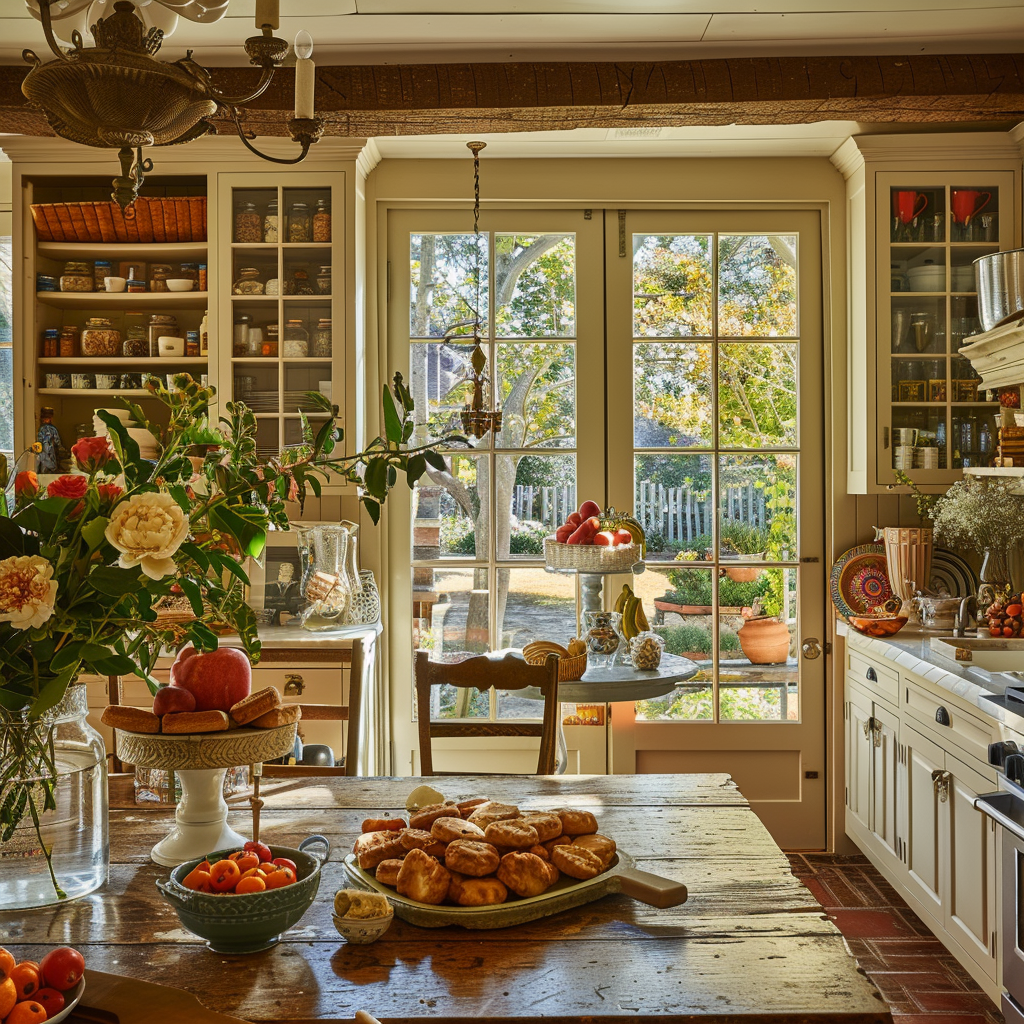Designing Your Space Based On Your Personality Type by
Designing a room that resonates with someone’s personality type can transform a simple space into a personal sanctuary. Using the Myers-Briggs Type Indicator (MBTI), a popular personality assessment tool, as a foundation, we can tailor interior designs to match the unique characteristics and preferences of the sixteen different personality types. This approach not only enhances the aesthetic appeal of a room but also supports the occupant’s psychological well-being. Let’s explore how scientifically backed design choices can cater to various MBTI personality types.
1. Understanding MBTI Personality Types
The MBTI categorizes individuals into sixteen personality types based on four dichotomies: Introversion (I) vs. Extroversion (E), Sensing (S) vs. Intuition (N), Thinking (T) vs. Feeling (F), and Judging (J) vs. Perceiving (P). Each type has distinct preferences and ways of interacting with the world, which can guide design decisions.
Let’s take a closer look at how the Myers-Briggs personality types can influence interior design choices, focusing on why certain elements resonate with specific personality features and how these elements foster well-being and productivity.
INFJ: The Advocate
Why Serene Colors and Organic Shapes?
INFJs are known for their depth, intuition, and empathy. They often seek meaning in everything and cherish harmony in their environments. Serene colors like soft blues and greens reflect the tranquility and depth of the ocean and the forest, spaces that are often associated with introspection and calmness. These colors can help INFJs to recharge in solitude, promoting mental clarity and emotional well-being. Organic shapes, which mimic the irregularity and softness of nature, resonate with INFJs’ desire for authenticity and harmony, creating a sense of peace and comfort that aligns with their core values.
ENFP: The Campaigner
Why Vibrant Colors and Dynamic Shapes?
ENFPs are energetic, creative, and open-minded. They thrive in environments that stimulate their imagination and allow their creativity to flow. Vibrant colors such as yellows and oranges are not only uplifting but also inspire a sense of optimism and freedom, mirroring the ENFP’s enthusiastic and spontaneous nature. Dynamic, irregular shapes and patterns can keep the environment stimulating, reflecting the ENFP’s love for diversity and change, and fostering an atmosphere where creativity knows no bounds.
ISTJ: The Logistician
Why Neutral Colors and Geometric Shapes?
ISTJs are practical, reliable, and value order. They appreciate environments that reflect their organized and methodical approach to life. Neutral colors like gray and soft whites create a sense of calm and order, facilitating focus and efficiency, which are crucial for ISTJs. Geometric shapes with clean lines and symmetry reinforce their need for structure and predictability, providing a visual sense of stability and reliability that makes ISTJs feel more at home and in control of their surroundings.
INTJ: The Architect
Solutions: INTJs appreciate organized, efficient spaces with a clear purpose. Minimalist designs with a focus on functionality appeal to their strategic and analytical nature. A palette of cool, muted colors like slate gray or deep blue can create a focused environment conducive to deep thinking and planning.
ESTP: The Entrepreneur
Solutions: ESTPs are energetic and pragmatic, enjoying spaces that allow them to live in the moment. They might prefer open, flexible living areas that can be easily adapted for different activities, accented with bold, stimulating colors such as red or orange that match their dynamic energy.
ISFJ: The Defender
Solutions: ISFJs value comfort, tradition, and community. Warm, inviting colors like soft yellows or earth tones can create a nurturing environment that feels safe and welcoming. Furniture that encourages gathering and spaces designed for shared activities can reflect their communal and protective nature.
ENTP: The Debater
Solutions: ENTPs love to explore ideas and possibilities. An eclectic mix of styles and unconventional design elements can stimulate their inventive nature. Bright, contrasting colors and a variety of textures can create an engaging environment that feeds their curiosity and love for debate.
The Commander
The Mediator
ENFJ: The Protagonist
ESTJ: The Executive
ESFJ: The Consul
ISFP: The Adventurer
ISTP: The Virtuoso





















